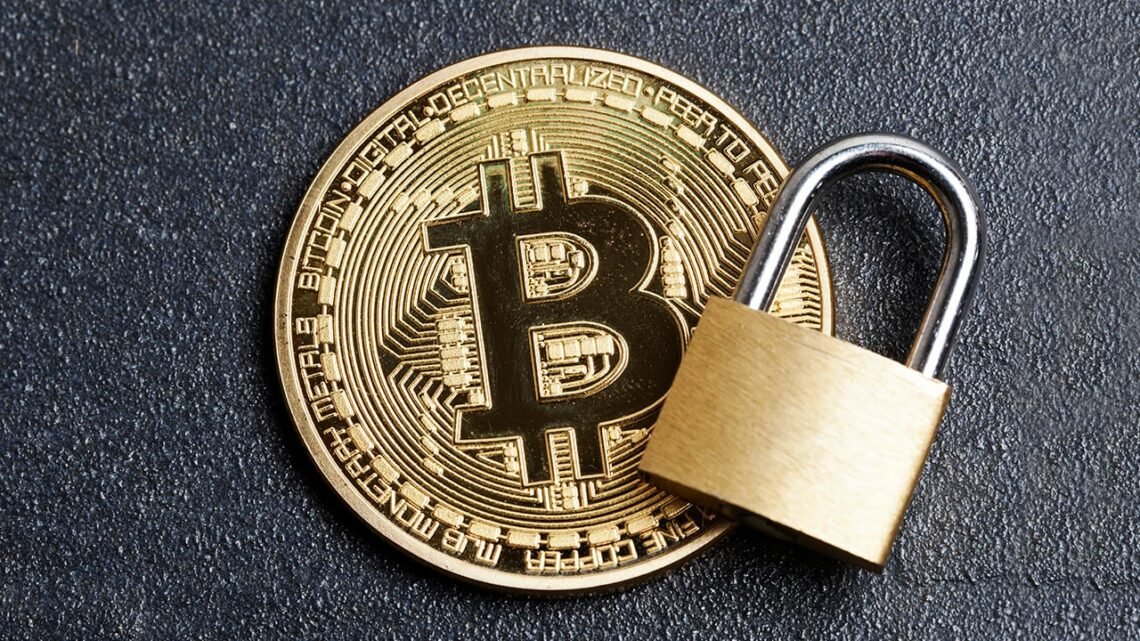Table of Contents
As the popularity of DeFi protocols continues to rise, it becomes essential to evaluate them carefully. This article explores key considerations for evaluating DeFi protocols, including security, governance, liquidity, and tokenomics. Explore the captivating journey of Bitcoin’s history, spanning from its mysterious creator Satoshi Nakamoto to its present-day prominence, unveiling the transformative impact this groundbreaking cryptocurrency has had on the world of finance and beyond.

Securing-Your-Cryptocurrency
Vital Safety Measures for Bitcoin Handling Part 1
1. Security and Auditing
Security audits and code reviews play a crucial role in ensuring the robustness of DeFi protocols. Independent auditors review the protocol’s codebase to identify vulnerabilities or potential exploits. Evaluating whether a protocol has undergone multiple security audits and has a history of addressing reported vulnerabilities provides insights into its commitment to security.
In addition to external audits, it is essential to assess the protocol’s track record in terms of security incidents. Have there been any major security breaches or hacks? How did the protocol respond to such incidents? Understanding the protocol’s ability to handle and recover from security threats is essential for evaluating its reliability.
Smart contracts govern the functioning of DeFi protocols, and any vulnerabilities in these contracts can lead to catastrophic consequences. Assessing the protocol’s approach to smart contract security, including the use of formal verification and bug bounty programs, provides valuable insights into its commitment to protecting users’ funds.
2. Governance and Decentralization
Decentralization ensures that no single entity or group has excessive control or authority over the protocol. It promotes transparency and reduces the risk of manipulation or censorship. Evaluating the decentralization features of a protocol involves examining the distribution of power and decision-making authority among participants.
DeFi protocols can use various mechanisms like Proof-of-Stake (PoS) or Proof-of-Work (PoW) to achieve consensus and validate transactions. Assessing the decentralization of the consensus mechanism helps determine the level of control participants have in governing the protocol.
Additionally, evaluating the decision-making processes within the protocol is crucial. Are decisions made by a select group of individuals, or is there a mechanism for broader community involvement? Understanding the governance model and the protocol’s approach to community participation enables users to assess their influence over the protocol’s future development and decision-making.
How are upgrades proposed, approved, and implemented? Are there measures in place to ensure transparent and inclusive decision-making during upgrades? Assessing these aspects helps determine the protocol’s commitment to maintaining decentralization over time.
3. Liquidity and Trading Volume
Liquidity is a vital factor to consider when evaluating DeFi protocols. It refers to the availability of assets within the protocol and the ability to convert them into other assets without significantly impacting their price. High liquidity is essential for efficient trading and ensures that users can easily buy or sell their assets when needed.
Evaluating the liquidity of a DeFi protocol involves considering the trading volume and the size of the liquidity pools. Higher trading volume indicates active participation and a vibrant ecosystem. It also signifies that there are more buyers and sellers, increasing the chances of finding suitable trade opportunities.
Additionally, assessing the stability and depth of the liquidity pools is crucial. Are the liquidity pools sufficiently deep to handle large transactions without significant slippage? Are there mechanisms in place to incentivize liquidity providers and maintain the liquidity pools’ stability? Understanding the protocol’s liquidity dynamics helps determine its ability to handle varying trading volumes and market conditions.
4. Tokenomics and Incentive Mechanisms
One aspect to consider is the token distribution. How are tokens allocated, and what is the total supply? Evaluating the token distribution helps determine if the protocol has a fair and equitable distribution, or if a significant portion of the tokens is held by a small group of individuals, potentially leading to centralization risks.
Additionally, understanding the inflationary or deflationary mechanisms of the protocol is crucial. Some protocols have mechanisms in place to control the token supply over time. Evaluating the inflation rate or token burning mechanisms provides insights into the potential impact on the token’s value and scarcity.
Assessing the effectiveness of the incentive mechanisms within the protocol is also important. Incentives are often used to encourage users to participate in various activities within the protocol, such as providing liquidity or staking tokens. Understanding the incentive structure and rewards distribution helps evaluate the protocol’s ability to attract and retain users, which contributes to the overall ecosystem’s growth and stability.
Furthermore, it is important to assess the governance rights associated with the protocol’s tokens. Do token holders have voting rights or the ability to propose and implement changes? Understanding the governance rights helps determine the level of influence users have over the protocol’s future direction and decision-making processes.
Conclusion
In the rapidly evolving landscape of DeFi protocols, evaluating key considerations is crucial for making informed investment decisions. By assessing security measures, governance structures, liquidity dynamics, and tokenomics, investors can navigate the decentralized finance space with greater confidence, mitigating risks and maximizing opportunities for growth and success.
I am a crypto hobbyist, i offer Tips and Reviews on the best blockchain technology, crypto assets, emerging fintech trends, Country flags, banks virtual accounts, and the best Paying Legit Networks.
Check out my Latest Articles in the Following Categories here:
Cryptocurrency Payment System Countries Credit Card Reviews
